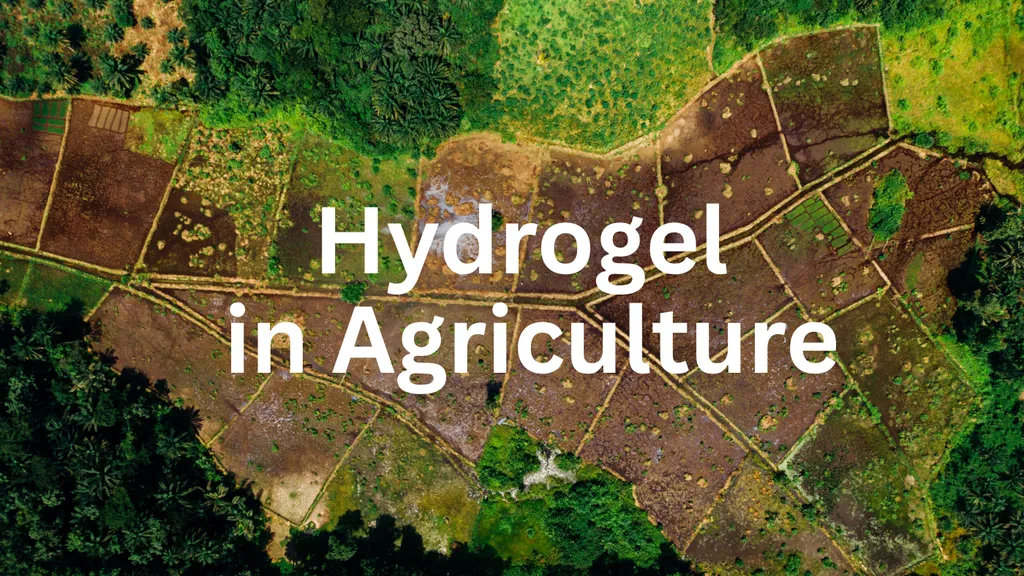In the heart of India’s lush green landscapes, a team of researchers led by M.S. Arjun from the Department of Forest Products and Utilization at the College of Forestry in Thrissur has developed a groundbreaking hydrogel that could revolutionize sustainable agriculture. This innovative material, dubbed AC-PVA-CMC hydrogel, is not just a water retention tool but a multifunctional powerhouse designed to address some of the most pressing challenges in modern farming: controlled fertilizer release, pollution control, and drought resilience.
The hydrogel, a blend of activated charcoal (AC) and urea within a polyvinyl alcohol (PVA) and carboxymethyl cellulose (CMC) matrix, crosslinked with epichlorohydrin (ECH), showcases an impressive water absorption capacity of 5691%. This remarkable feature is governed by non-Fickian diffusion, a process that ensures the hydrogel can absorb and retain water efficiently. “The structural integrity and thermal stability of our hydrogel are significantly enhanced, making it a robust solution for various agricultural applications,” Arjun explained.
One of the most compelling aspects of this research is the hydrogel’s ability to facilitate controlled urea release. This feature is crucial for modern agriculture, where efficient nutrient management is key to optimizing crop yields and minimizing environmental impact. The hydrogel’s potential as a slow-release nutrient carrier was further explored through preliminary rice seedling experiments, demonstrating its practical applications in real-world farming scenarios.
In addition to its nutrient delivery capabilities, the hydrogel has shown remarkable efficacy in soil moisture retention. In a drought simulation experiment with Swietenia macrophylla seedlings, the hydrogel maintained 77% relative water content (RWC) after 21 days. This performance highlights its potential to mitigate the effects of drought, a growing concern in many agricultural regions.
The hydrogel’s environmental benefits extend beyond water retention and nutrient delivery. It achieved a 97% removal efficiency for Pb²⁺ ions, indicating its potential for heavy metal remediation in contaminated soils. Furthermore, the hydrogel’s biodegradability ensures long-term environmental compatibility, addressing concerns about the ecological impact of synthetic materials.
The research, published in the journal ‘Next Sustainability’ (which translates to ‘Sustainability Next’ in English), opens up new avenues for sustainable agricultural practices. The hydrogel’s multifunctional capabilities offer a holistic approach to addressing the complex challenges faced by modern agriculture. As the global population continues to grow, the demand for efficient and sustainable farming solutions will only increase. This innovative hydrogel could play a pivotal role in meeting these demands, shaping the future of agriculture and contributing to a more sustainable food system.
Arjun and his team’s work exemplifies the potential of interdisciplinary research to drive innovation in agriculture. By integrating materials science, environmental engineering, and plant biology, they have developed a solution that could transform farming practices and promote environmental stewardship. As the world seeks to balance the need for increased food production with the imperative of environmental conservation, such multifunctional materials will be invaluable. The hydrogel’s ability to simultaneously address water retention, nutrient delivery, and heavy metal remediation sets a new standard for sustainable agricultural technologies.

